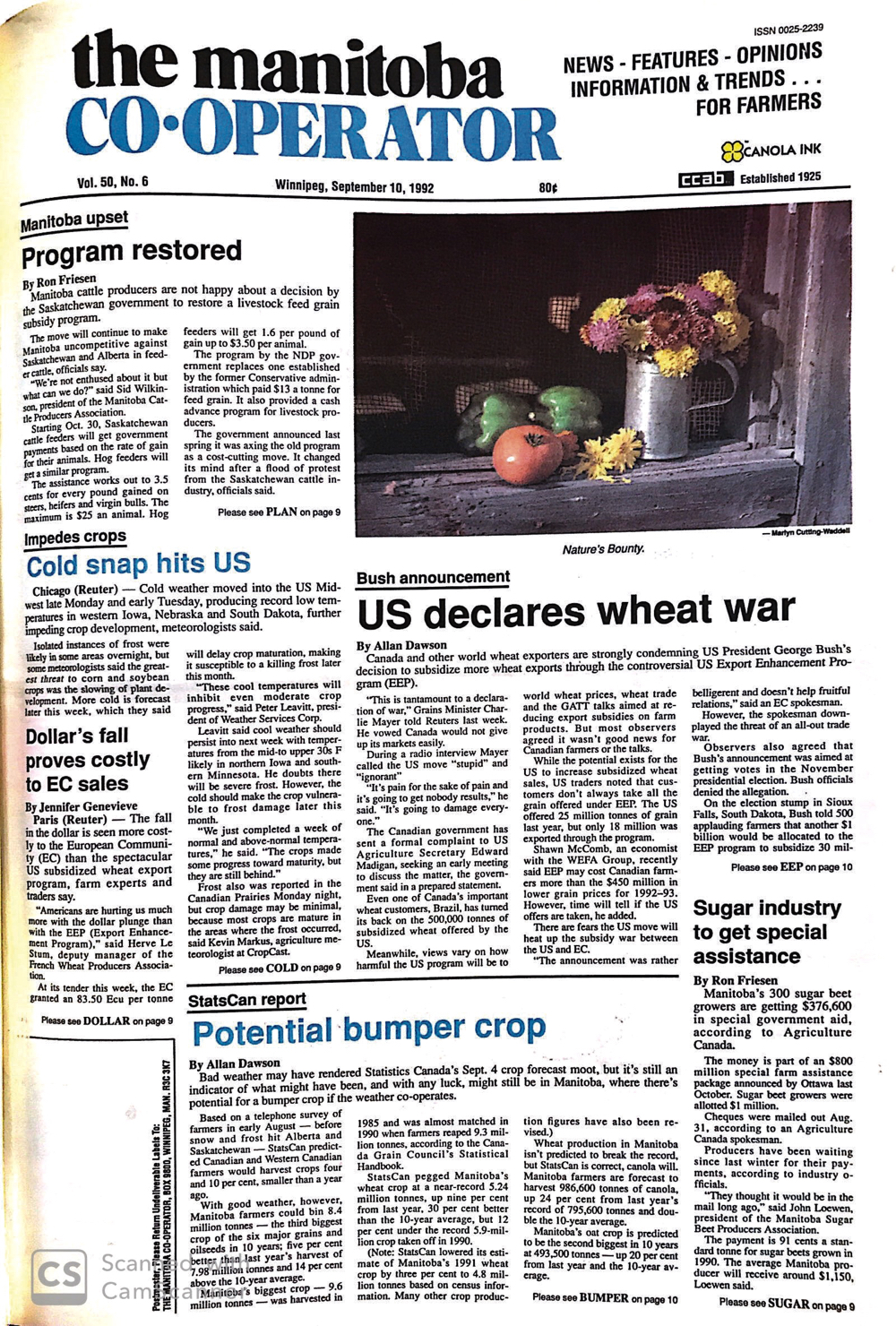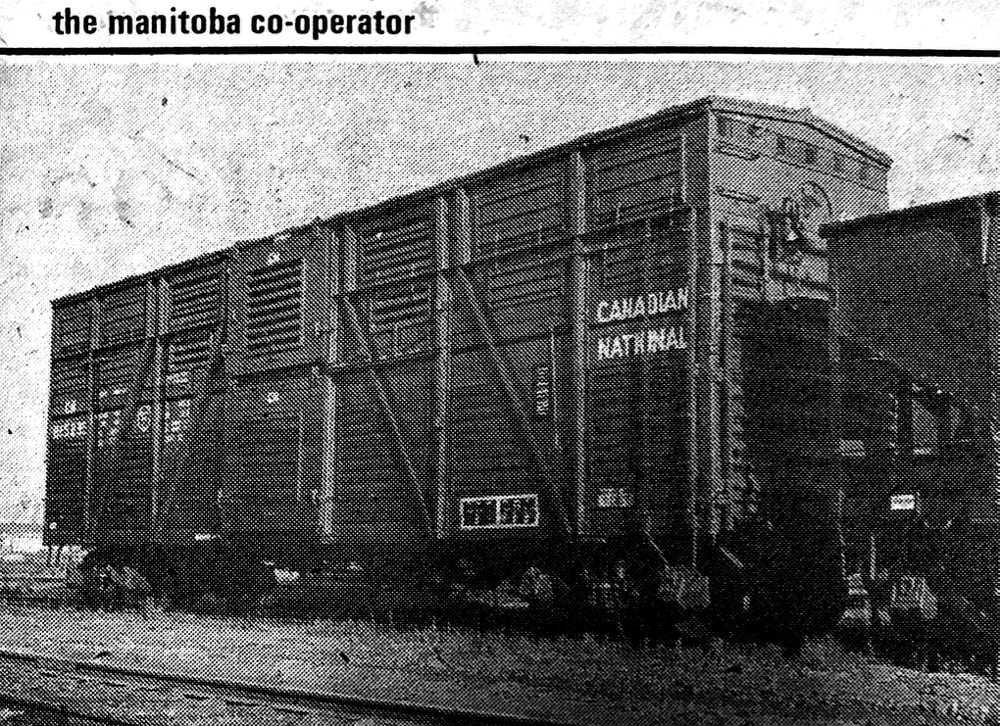It’s rumoured that Canada Savings Bonds will be discontinued because of limited use recently, but the uptake might be better if they paid 9-1/4 per cent, as advertised in our October 10, 1974 issue. However, if you were farming then, you won’t look back fondly on the cost of operating loans, or on harvest that year. We reported on a shortage of grain dryers due to the wet conditions, and the Manitoba Pool crop report for Oct. 1 mentioned snow in the northern part of the province.
About 75 per cent of the wheat had been harvested, and based on the Prairie grain variety survey we reported that month, Neepawa was the most popular variety, with 46 per cent of the acreage in Manitoba. Manitou followed with 15 per cent and Selkirk with 13.
Read Also

Foggy grain market predictions for 2026
Many factors are pushing and pulling at grain markets as farmers leave 2025 behind and start considering what 2026 will bring.
On the livestock front, the U.S. was threatening to retaliate against Canada for imposing quotas on cattle and beef imports, estimating that they would cost the U.S. $130 million per year. Meanwhile, Agriculture Minister Eugen Whelan had announced that the government would impose quotas on egg exports to the U.S. in order to keep a lid on domestic prices — high food prices and inflation were much in the news that year.
There was much enthusiasm for “exotic” cattle in the 1970s, and one ad from an auction mart in Saskatchewan listed weekly sales through to Christmas, with breeds including Brown Swiss, Chianina, Maine-Anjou, Blonde d’Acquitaine and Simmental.















